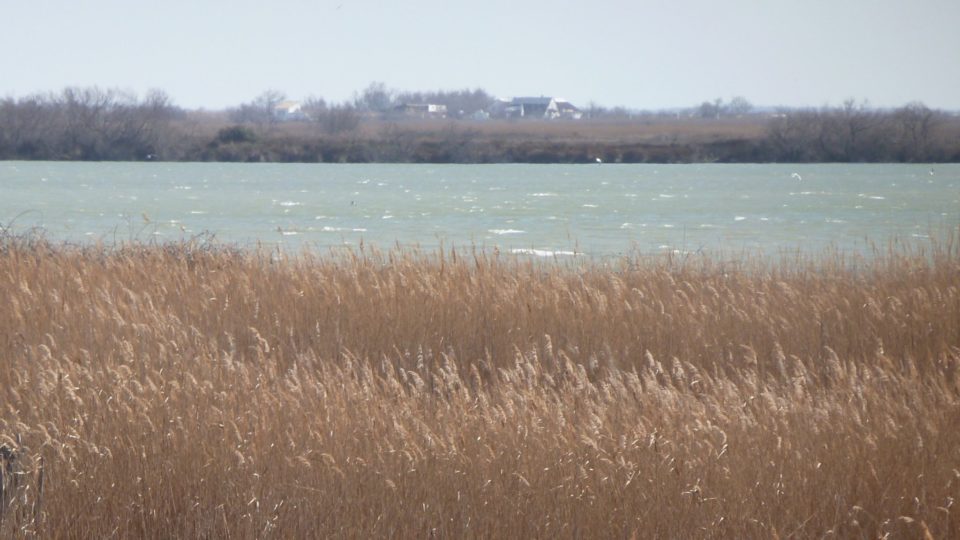Several pressures related to land-use change, such as fragmentation, drainage or pollution, are currently menacing Europe’s wetlands[1]. This has resulted in 51% of wetland-related habitats being in an unfavourable-bad status, according to the conservation status assessments[2]. From a European perspective, the Mediterranean area is considered to be most vulnerable when it comes to the security of ecosystem services supply towards the future[3].
Taking inspiration from the Planetary Boundaries framework[4], which provides science-based analysis on the risks from human activities, with the aim of defining safe operating space for human development, Tour du Valat are investigating the applicability to Mediterranean wetlands. In particular they are looking at of one of the boundaries, ‘biosphere integrity’, based on an adapted version of calculating the biodiversity intactness index (BII). This looks at the average abundance of originally present species, relative to abundance in an undisturbed habitat.
One of the priorities of Tour du Valat (in collaboration with Wetlands International) is to fill knowledge gaps in quantitative data by generating an entirely new dataset based on expert opinion to be able to determine changes in ecological functions in the Camargue area, and possibly linking them to the ecosystem services provided by Mediterranean wetlands.
This information can be extremely useful to capture population changes at the species level, at the species-group level and at the general level (i.e. all species groups included). The first step of the project is to collect data for different species groups in the Camargue in a collaborative effort with experts from several different fields. In a next step, the project aims to determine how the species richness and abundance of Mediterranean wetlands have been changing and to position Mediterranean Wetland ecosystems with respect to the planetary biodiversity safety boundary.
This also helps to demonstrate the importance of one of the core planetary boundaries – biodiversity integrity – and how its degradation and loss has the potential to change Earth systems. A strong argument why we should be wetlands into a key component in sustainable development and take steps to turn the trend in their current status.
Further information can be found on the Tour du Valat website
[1] European Environment Agency 2008
[2] European Commission 2015
[3] Schröter et al. 2005
[4] http://www.stockholmresilience.org/research/planetary-boundaries.html

